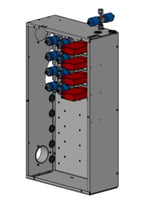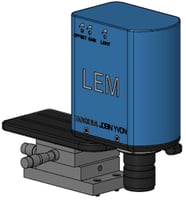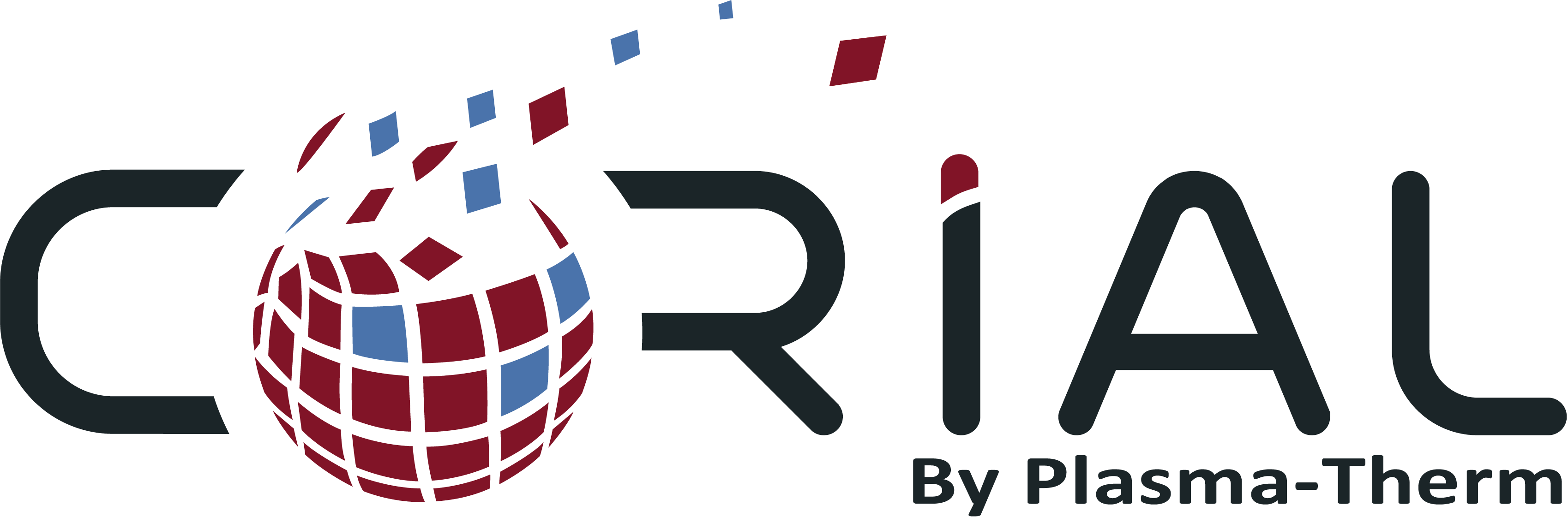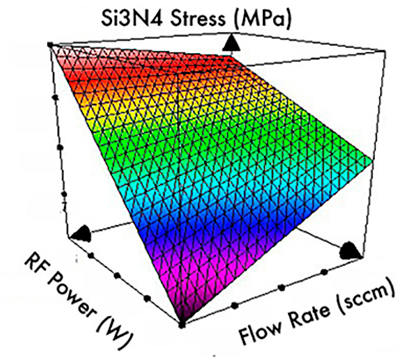


Fast and uniform deposition of large batch capacity or 300 mm wafers, in a reliable, production-ready PECVD system
Corial D350L PECVD system in brief
The Corial D350L PECVD system is designed to produce high-quality, uniform films for photonics, optoelectronics & MEMS devices manufacturing.
The Corial D350L is based on CORIAL’s unique reactor design. It houses an isothermal, pressurized reactor within a vacuum vessel, which is different from conventional PECVD reactors with heated substrate holders.
Featuring a next-generation gas showerhead and symmetrical pumping, the Corial D350L delivers excellent deposition uniformity for a wide variety of applications.
Equipped with a vacuum load lock, the Corial D350L also guarantees stable process conditions, short pumping cycles and enhanced throughput.
The Corial D350L PECVD system handles full 300 mm wafers or large batch capacity (27 x 2”), enabling volume production of high-quality films. Typical applications addressed by this PECVD tool include passivation deposition for optoelectronics, deposition of silicon oxides for photonics, and sacrificial layer deposition for MEMS. Stress control of the films is simplified and optimized on account of the symmetrical design of the reactor.
The Corial D350 PECVD system can operate for years without need for manual cleaning.
 Key benefits
Key benefits
R
EXCELLENT UNIFORMITY
Precise and uniform temperature control of the substrate and reactor walls delivers excellent deposition repeatability and uniformity
The pressurized, symmetrically-pumped reactor ensures high-quality films free of pinholes
R
HIGH DEPOSITION RATES
With its isothermal, pressurized reactor, the Corial D350L rapidly deposits uniform films on wafers up to 300 mm in diameter
Typical performance: SiO2: >500 nm/min; Si3N4: 250 nm/min; SiOCH: 150 nm/min; SiC: 100 nm/min
R
CONTROL OF FILM PROPERTIES
Film stress control is simple to achieve, thanks to the reactor’s symmetrical design
The Corial D350L heating system enables precise control and optimization of refractive index and wet chemical etch rate
R
INCREASED UPTIME
The Corial D350L high temperature, dual pumped configuration enables efficient plasma cleaning at operating temperature, with no corrosion of mechanical parts
No manual cleaning of reactor and vacuum vessel required for many years of operation
Load lock ensures fast loading/unloading and short pump-down times
Related processes
Typical materials deposited with the Corial D350L PECVD system include silicon-based compounds such as SiO2, Si3N4, SiOCH, SiOF, and aSi-H at high temperature (325°C).
The Corial D350L has been specifically design for production of films for photonics, optoelectronics and MEMS markets.
PECVD of Silicon Nitride (Si3N4) film with tensile stress
MEMS
- Deposition rate 50 nm/min
- Refractive index 1.91
- Stress 220 ± 50
Stress-less deposition of Silicon Nitride (Si3N4) film
MEMS
- Deposition rate 75 nm/min
- Refractive index 1.91
- Stress 0 ± 50 MPa
PECVD of Silicon Nitride (Si3N4) film with compressive stress
MEMS
- Deposition rate 75 nm/min
- Refractive index 1.91
- Stress -180 ± 50 MPa
Upgrades
The Corial D350L PECVD system can be thoroughly customized with a wide range of features.
Additional gas inputs

Additional gas inputs (up to 8) for more complex process gas combinations
Light tower
![]()
The signal light tower provides an easy-to-view indicator of the system’s processing status
Laser interferometry

End point detection by laser interferometry to enhance process control through automated measurement of etch/deposition rate, etch depth and deposition thickness






